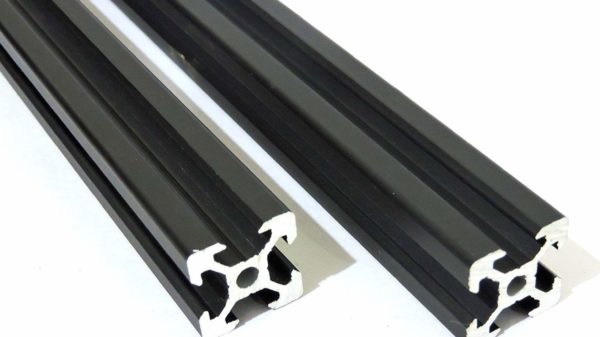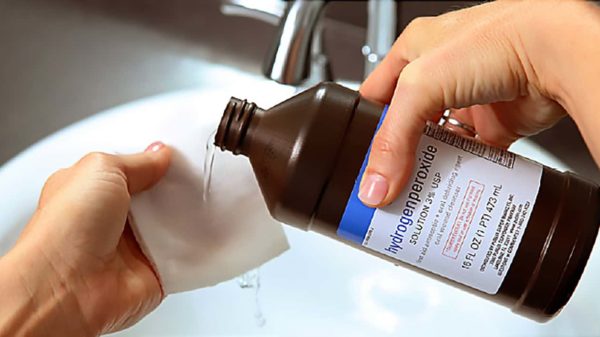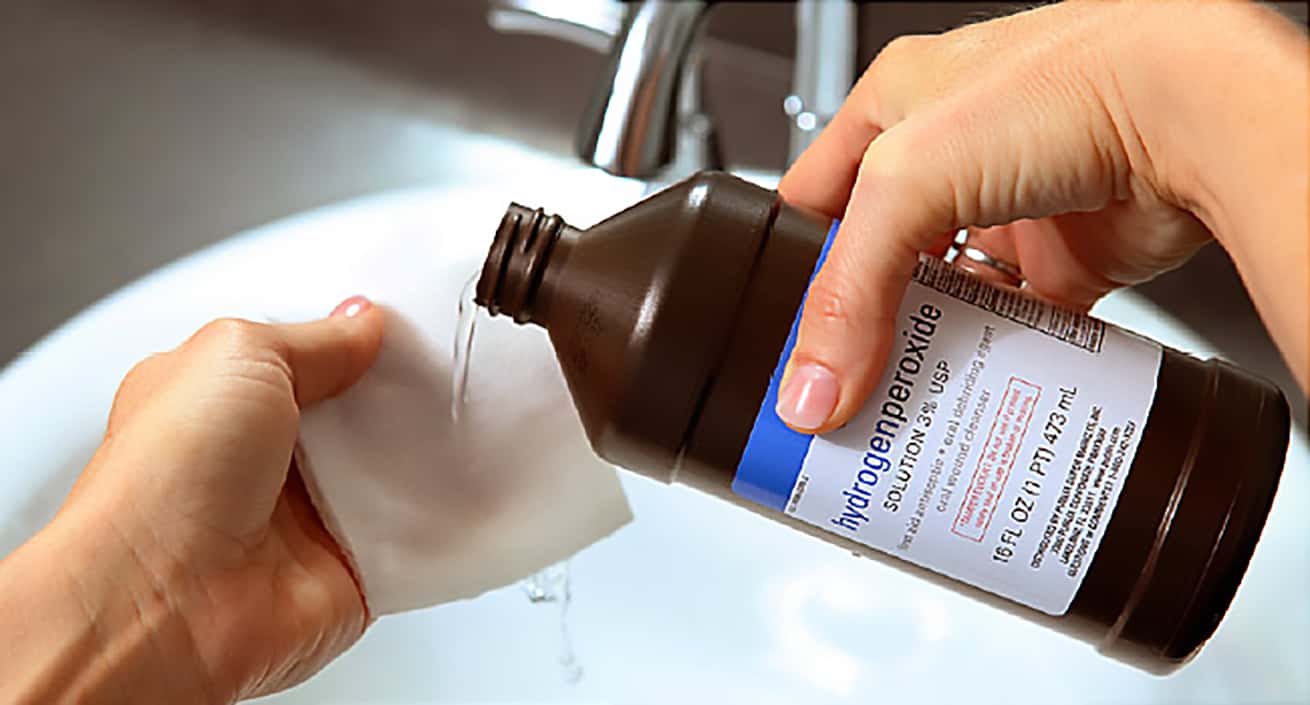For the first time, the chemical compound hydrogen peroxide (H2O2) was found in 1818. The development process involves the reaction of oxygen with organic compounds, most often isopropyl alcohol or anthraquinone, resulting in a colourless liquid.
Hydrogen peroxide is a chemical compound made up of hydrogen and oxygen. Anhydrous hydrogen peroxide is a colourless, syrupy liquid that breaks down quickly into oxygen and water. For hydrogen peroxide, manganese (IV) oxide or lead (IV) oxide can be utilised as a catalyst. Hydrogen peroxide is a standard household product that you almost certainly already own. If implemented correctly, it can be a simple technique to whiten your teeth.
Industrial Use of H2O2
Hydrogen peroxide is a very pale blue substance that is denser than water in its pure form. It’s a bleaching agent, an oxidiser, and an antiseptic. Concentrated H2O2, which is a propellant in rocketry, contains reactive oxygen species. Some applications of H2O2 are explained below.
Chemical synthesis
H2O2 is an oxidising agent with a low molecular weight. It is soluble in various organic solvents, including water and other substrates. Potassium dichromate or potassium permanganate are less effective oxidising agents compared to H2O2.
Aseptic packaging
An H2O2 reagent is microbiologically safe. In the case of food products, it is also utilised as a sterilising agent for the inner aseptic regions of the production machinery and the outer layer of the product packaging.
H2O2 in the fields of medicine and cosmetics
Because of its oxidising properties, hydrogen peroxide is suitable for use as a disinfectant and bleaching agent in the cosmetics and pharmaceutical industries. It has been employed as an antibacterial reagent in cosmetics during oxidative hair dying, and it increases the whiteness of the teeth by oxygenating markings in medication.
Hydrogen peroxide in mines
Hydrogen peroxide is used in the mining industry as an oxygen supply and an oxidising agent. It’s employed in uranium and gold production, mineral leaching, and concentrated processing.
Application of hydrogen peroxide in the climate
Hydrogen peroxide is eco-friendly and is employed in various environmental activities, including the advanced oxidation process (AOP). Hydrogen peroxide is frequently used in technical procedures to reduce negative environmental impacts.
Hydrogen peroxide in the sector of food
In the food sector, hydrogen peroxide is commonly employed as a bleaching reagent, and it is also utilised as a per-oxygen reagent. Natural sugars and oils, starch, gums, and waxes are among the many things bleached with peroxide.
In the field of transportation
Highly concentrated hydrogen peroxide is utilised as a fuel in the automotive sector. Hypergolic bi-propellant motors utilised in mono-propellant systems and launch systems use high concentrations of hydrogen peroxide.
H2O2 in the pulp and paper industries
In mechanical pulp bleaching, hydrogen peroxide is the core-bleaching reagent in the pulp and paper industries. It looks at using hydrogen peroxide as a deinking agent in paper recycling processes.
Conclusion Hydrogen peroxide is a mild antiseptic to avoid infection in minor scrapes, cuts, and burns. It can also be used as a mouthwash to clear mucus and soothe a little mouth discomfort. When this product is administered to the area affected, it releases oxygen. Foaming is associated with the release of oxygen, which helps to eliminate dead skin and clean up. But, it cannot treat animal bites, deep wounds, and significant burns with this medication.



















































You must be logged in to post a comment Login